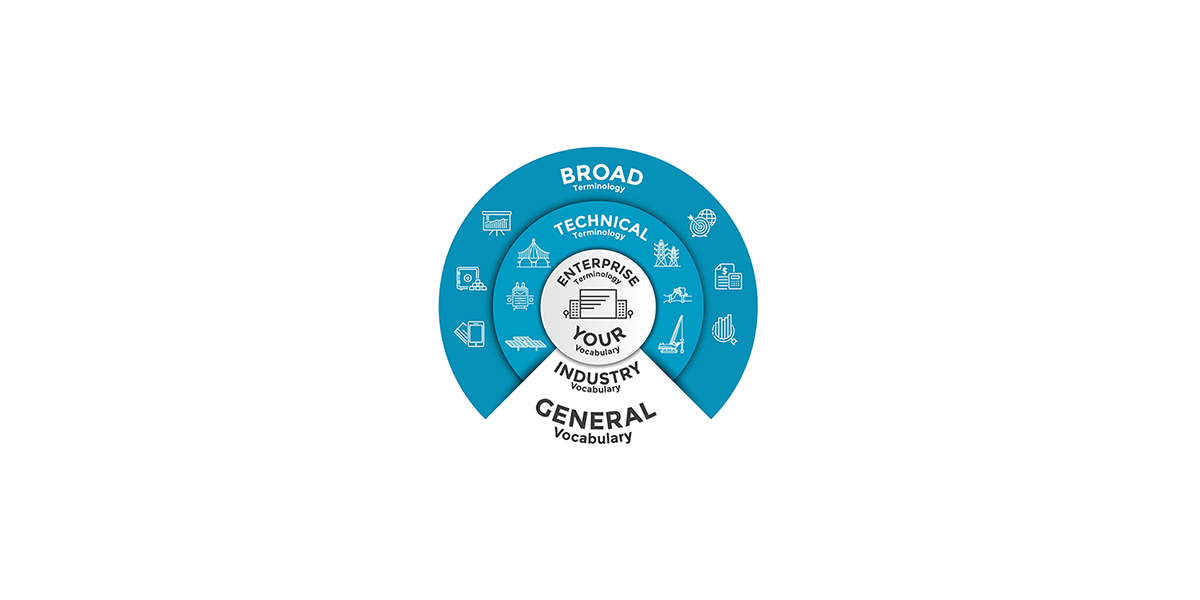
4 ways you can help your professional translation agency deliver the quality you expect
Whether you already have a translation agency, or you are looking for one, you undoubtedly want a professional translation partner on whom you can count on day after day for consistent translations.
However, did you know that 85% of employees often use a different term than their colleagues in other departments when referring to the same concept when authoring? (Tekom study “Successful terminology management in companies”, Straub and Schmitz, 2010)
Consequently, how can you expect your translation partner to provide consistent translations if the terms used in your content are so varied. The best way to reduce these ambiguities is to author with a consistent voice in the first place.
In order to do so, you must be organized with lists of approved terms for specific concepts within your company. But the reality in most cases is quite different. Typically, companies work in silos, and separate teams work on different parts of a project, only to come together later with different wording to represent the same key aspects of your brand.
This is where a professional translation agency like Technitrad can help. We build terminology for translation purposes, but it can also be used for authoring! In order to maximize chances of success on both sides, we suggest preparing the following four linguistic assets:
1. Gather all existing translated content
Let’s not start from scratch if we don’t need to. A competent translation agency can turn existing content with a matching translation into a gold mine. That process is called alignment.
When identical versions of documents are available in the source and target languages, each sentence or segment can be matched using software in order to create a bilingual pair or what is referred to as a translation unit. The translation units can later be used to extract key terminology or build a translation memory.
2. Find or request existing translation memories
Translation memories are essentially bilingual databases that hold information about previously translated segments and their equivalents. They hold the source sentence on one side, and the matching translation on the other. Translation tools can use translation memories to suggest the closest existing match, improving speed and quality while reducing costs.
Should you have already existing translation memories, you should take the time to copy them all in one place. If you are currently using a translation provider and are looking to switch to a professional translation agency, you should request existing translation memories from that initial provider. Common translation memory formats include .tmx and .xliff.
3. Gather or prepare term bases
Since your company is unique, it also has unique terminology that you want to see translated precisely and consistently. To accomplish this, your professional translation agency must have the expertise to help you create a list of terms and expressions using your existing content.
Your company might have several existing glossaries compiled by different people, without anything centralized. It will be well worth your trouble to retrieve these lists and share them with your new translation provider. If you are already using terminology tools? Even better! Just provide a two column Excel or in the common industry format:.tbx.
Once imported, your translation agency should be able to provide an online access to your terminology, a place where you can update terms and relevant data. You can also be instrumental in building glossaries by providing more information about your highly-specific enterprise terminology such as :
- Slogans
- Abbreviations
- Product or service names
- Business units
- Official titles
- User interface elements
- Known synonyms
- Existing terms
- Etc.
4. Add your own style, with style guides
Style guides will help your professional translation agency define your writing style, preferred verb tense use and other preferences. We can help you build a comprehensive style guide, by getting you started with a useful style guide template. Once you provide answers, we ensure that your approved stylistic preferences are clarified and developed. This information is then shared with our translators and linguists to help them write in a style that is consistent with your corporate voice.
Here are some examples of things we suggest you include in your style guide:
- Critical terminology
- Register/Tone
- Language-specific punctuation
- Capitalization
- Items that do not require translation
- Templates and boiler plates
- Conversions
- Tables/TOC/Index
- Formatting




Leave a Reply